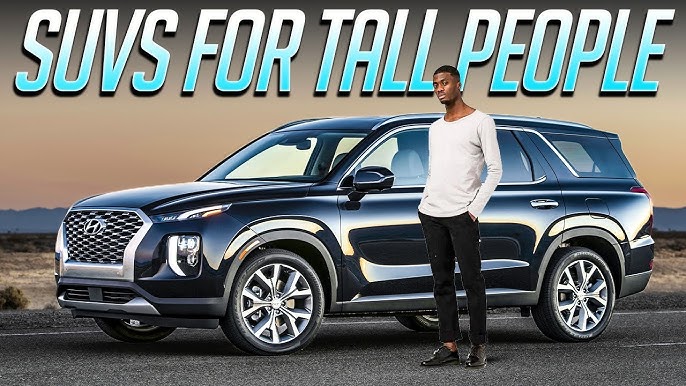We are discussing the SUV with the best visibility and emphasizing the critical role of outward visibility in the decision-making process when choosing an SUV. Also, we highlight how consumers are often initially drawn to a vehicle based on its appearance, but the primary concern should be the perspective from the driver’s seat. The discussion opens by acknowledging the broader concept of visibility beyond the windshield, encompassing the side and rear views, which are crucial for maneuvering safely in various driving scenarios. The paragraph stresses the contemporary challenges arising from design trends, such as thicker roof pillars, which have made visibility an even more critical aspect of vehicle safety.
Factors Affecting SUV Visibility
Several important factors affect outward visibility in an SUV, and each has a significant impact on the driving experience. These factors contribute to either enhancing or hindering the overall visibility from the driver’s seat.
A. Window Size and Shape
- Larger, Well-Designed Windows: SUVs with larger windows provide a broader field of vision, effectively reducing blind spots.
- Reduced Blind Spots: The design of windows significantly impacts the driver’s ability to see surrounding traffic, pedestrians, and obstacles on the road.
B. High Seating Position
- Elevated Driving Position: SUVs are renowned for their higher driving positions, offering a commanding view of the road ahead.
- Enhanced Road Visibility: The elevated position not only provides a clear line of sight but also contributes to a sense of confidence and control while driving.
C. Advanced Safety Features
- Blind-Spot Monitoring: Incorporating technology like blind-spot monitoring assists in compensating for limited visibility, particularly during lane changes.
- 360-Degree Cameras: Advanced camera systems offer a comprehensive view around the vehicle, aiding in parking and maneuvering in tight spaces.
- Adaptive Headlights: Lights that adapt to the vehicle’s movements improve visibility during turns, ensuring the road is well-illuminated.
D. Roof Design
- Impact of Roof Design: The design of the SUV’s roof, whether sloping or flat, can influence rearward visibility.
- Panoramic Roofs: While stylish, panoramic roofs may affect visibility negatively, whereas flatter rooflines tend to provide better rear visibility.
E. Side Mirror Placement
- Strategic Mirror Placement: Thoughtfully positioned side mirrors contribute to minimizing blind spots and improving overall visibility.
- Importance in Lane Changes: Well-placed side mirrors become crucial during activities like changing lanes, enhancing safety.
Understanding these factors is essential for SUV buyers, allowing them to prioritize visibility when evaluating different models. Window size, seating position, safety features, roof design, and mirror placement collectively contribute to the overall driving experience and safety of an SUV.
Top 10 SUVs for Excellent Visibility
When it comes to SUVs, visibility is often a crucial factor influencing the overall driving experience. Here, we explore the top 10 SUVs that stand out for their exceptional visibility, considering factors like window design, safety features, and driving position.
- Honda CR-V
- Large windows and a high driving position contribute to excellent visibility.
- The standard Honda Sensing suite enhances safety with features like adaptive cruise control and lane-keeping assist.
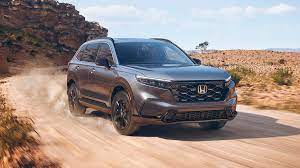
- Subaru Outback
- Combining the ruggedness of an SUV with wagon maneuverability, the Outback excels in visibility.
- A spacious cabin and Subaru’s EyeSight driver assistance system further enhance safety.
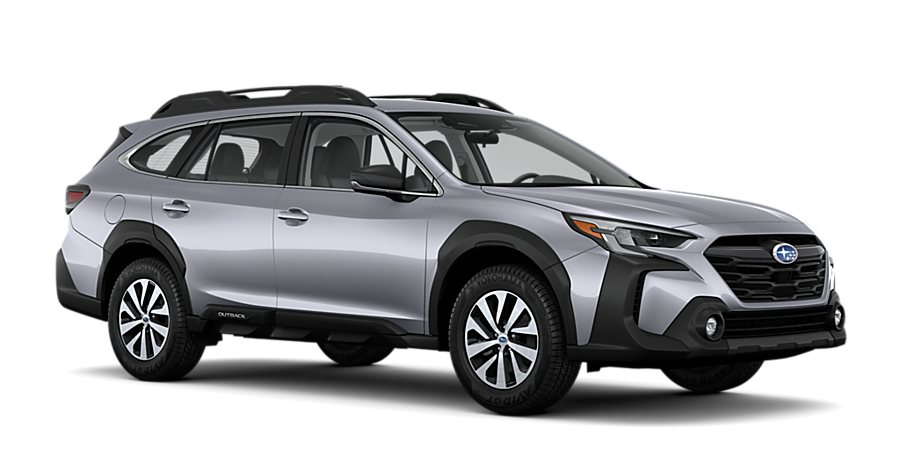
- The RAV4 features a stylish yet functional design, providing a clear view of the road.
- Benefits from Toyota Safety Sense include pre-collision braking and adaptive cruise control.
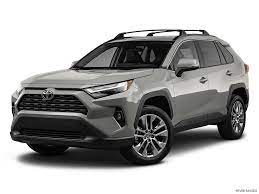
- Jeep Wrangler
- The iconic boxy shape and removable roof panels make the Wrangler a unique choice.
- Its upright windshield and large side windows offer exceptional visibility, especially for off-road adventures.
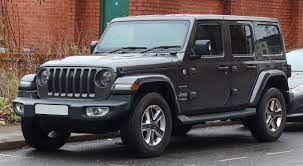
- Mazda CX-5
- Merging sleek aesthetics with practical design, the CX-5 offers well-designed windows.
- Mazda’s i-Activsense suite adds safety features like lane departure warning.
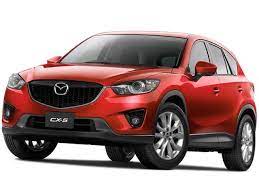
- Volvo XC60
- Volvo’s commitment to safety is reflected in the XC60, which has large windows and a spacious interior.
- The City Safety System with automatic emergency braking adds an extra layer of protection.
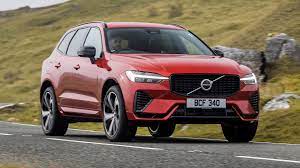
- Audi Q5
- Blending luxury with functionality, the Q5 boasts a panoramic sunroof and well-placed mirrors.
- Audi’s driver assistance package includes features like adaptive cruise control and traffic sign recognition.
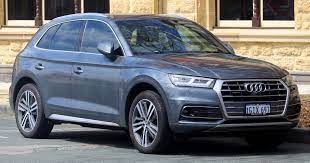
- Ford Escape
- With a modern design and a focus on driver comfort, the Escape features wide windows.
- The optional Co-Pilot360 system with lane-centering assist contributes to a safer driving experience.
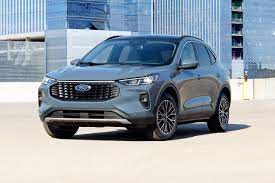
- Hyundai Santa Fe
- The Santa Fe impresses with a spacious interior and smartly positioned windows.
- Equipped with Hyundai’s SmartSense suite, including blind-spot collision avoidance,.
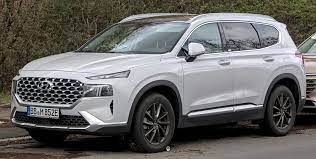
- Lexus RX
- Offering a luxurious driving experience, the RX provides generous window space.
- Lexus Safety System+ adds adaptive cruise control and lane departure alert for added peace of mind.

These SUVs have consistently demonstrated their prowess in providing drivers with an enhanced field of vision, ensuring safer navigation, and increasing confidence on the road.
Top 10 SUVs with Bad Visibility
When it comes to SUVs, visibility is a crucial factor that can significantly impact safety and the overall driving experience. Unfortunately, not all SUVs are created equal in this regard. Here’s a detailed look at the top 10 SUVs that have been identified for their challenges in visibility:
- Nissan Juke
- Quirky Design: The Nissan Juke’s distinctive design comes at a cost to visibility.
- Small Windows: The vehicle is characterized by small windows, contributing to limited visibility.
- High Beltline and Thick Pillars: The combination of a high beltline and thick pillars creates significant blind spots, particularly during maneuvers.
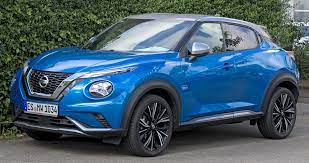
- Chevrolet Trax
- Lack of Rear Visibility: The Chevrolet Trax suffers from a notable lack of rear visibility.
- Small Rear Window: Maneuvering in tight spaces can be challenging due to a small rear window.
- High Rear Beltline: The high rear beltline further adds to difficulties in assessing surroundings.
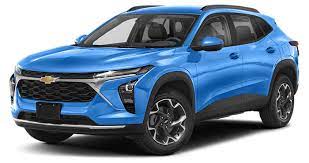
- Fiat 500X
- Stylish Design Impact: The Fiat 500X’s stylish design negatively affects visibility.
- Low Roofline: A low roofline contributes to limited upward visibility.
- Small Windows: The presence of small windows hampers the overall field of vision, especially in crucial scenarios like parking and lane changes.

- Jeep Renegade
- Off-Road Excellence, On-Road Challenges: While the Jeep Renegade excels off-road, its boxy design doesn’t translate well to on-road visibility.
- Thick Pillars: The vehicle is characterized by thick pillars that obstruct the driver’s view.
- Small Rear Window: Limited visibility is exacerbated by a small rear window.
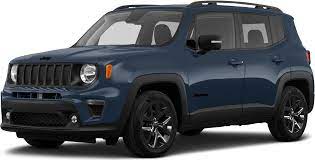
- Hyundai Kona
- Bold Styling Drawback: The Hyundai Kona’s bold styling choices come at the cost of visibility.
- Narrow Side Windows: The presence of narrow side windows contributes to blind spots.
- High Beltline: A high beltline further limits the driver’s field of vision, making lane changes challenging.
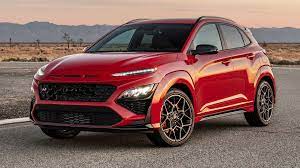
- Toyota C-HR
- Coupe-Like Profile Sacrifice: The Toyota C-HR’s coupe-like profile sacrifices visibility.
- Thick Rear Pillars: Thick rear pillars obstruct the view, particularly during rearward maneuvers.
- Small Rear Window: Limited visibility is compounded by a small rear window.
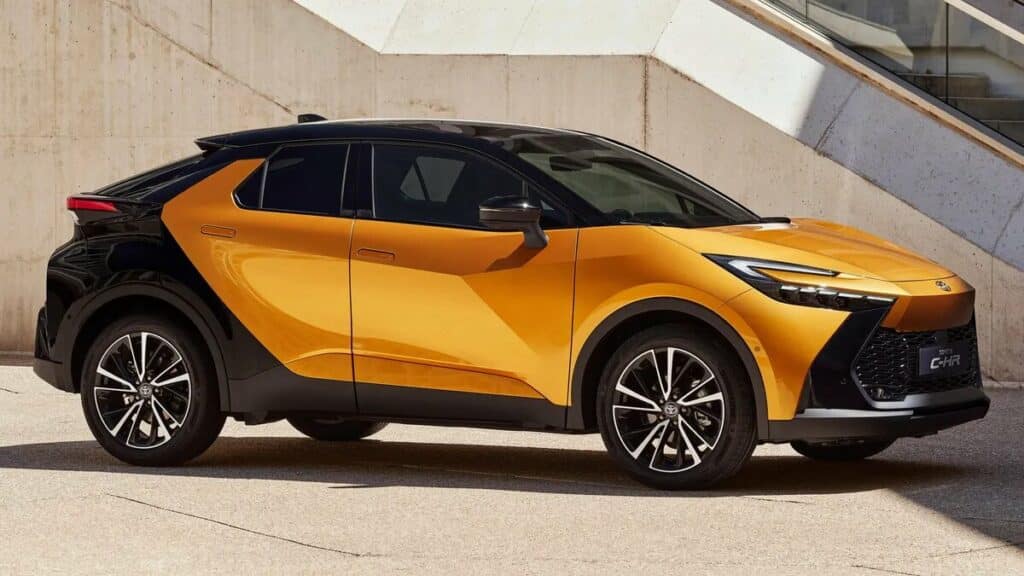
- Mitsubishi Eclipse Cross
- Sloping Rear Window Challenge: The Mitsubishi Eclipse Cross’s sloping rear window presents challenges in terms of visibility.
- High Rear Beltline: A high rear beltline contributes to reduced rearward visibility.
- Parking Difficulty: Maneuvering and parking can be particularly tricky due to these design elements.
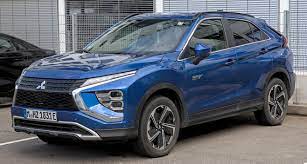
- Jeep Compass
- Poor Rear Visibility: The Jeep Compass suffers from poor rear visibility.
- Small Rear Window: Limited visibility is a result of a small rear window.
- Thick Pillars: Thick pillars further contribute to challenges during maneuvers in tight spots.
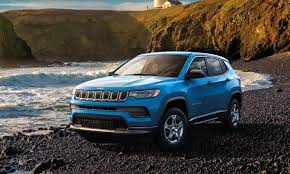
- Ford EcoSport
- Compact Size Impact: The Ford EcoSport’s compact size comes at the cost of visibility.
- Small Rear Window: Limited visibility is exacerbated by a small rear window.
- Thick Pillars: Thick pillars contribute to blind spots, making it challenging to navigate.

- Kia Soul
- Unique Design Issues: The Kia Soul’s unique design can lead to visibility challenges.
- Squared-Off Rear End: The squared-off rear end of the vehicle can obstruct the view when reversing.
- Considerable Blind Spots: The design choices contribute to significant blind spots, particularly during certain driving scenarios.
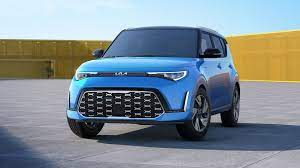
Awareness of these visibility challenges is crucial for prospective SUV buyers, emphasizing the need for thorough testing, research, and consideration of safety features before making a purchase decision.
Avoiding the Visibility Trap
Ensuring optimal visibility is paramount when selecting an SUV, as it significantly impacts safety and overall driving satisfaction. To avoid falling into the visibility trap, potential buyers should adopt a strategic approach, considering factors beyond the initial aesthetic appeal of a vehicle.
A. Test Drive: Assess visibility during a test drive
- Immersive Experience: Take advantage of the test drive to experience the SUV from the driver’s seat, evaluating visibility firsthand.
- Maneuverability: Pay attention to how easy it is to navigate the vehicle, particularly in scenarios like changing lanes or reversing.
B. Research Safety Features: Look for advanced safety features
- Blind-Spot Monitoring: Prioritize SUVs equipped with advanced safety features such as blind-spot monitoring to compensate for potential visibility limitations.
- Rearview Cameras: Consider models with integrated rearview cameras for enhanced awareness when backing up.
C. Consult Reviews: Gain insights from expert and user reviews
- Expert Opinions: Explore reviews from automotive experts who often provide valuable insights into the visibility aspects of different SUV models.
- User Experiences: User reviews can offer practical perspectives on daily visibility challenges and advantages, helping potential buyers make informed decisions.
D. Consider Aftermarket Solutions: Explore options like blind-spot mirrors
- Aftermarket Accessories: If a preferred SUV has less-than-ideal visibility, consider aftermarket solutions like blind-spot mirrors or sensors to enhance safety.
- Customization: Evaluate the feasibility of customizing the vehicle with additional visibility-enhancing features that may not be part of the standard package.
In essence, avoiding the visibility trap involves a combination of hands-on experience, research, and considering potential aftermarket solutions. By taking these steps, car buyers can make informed decisions that align with their specific visibility needs, ensuring a safer and more satisfying driving experience.
Conclusion
In conclusion, the selection of an SUV goes beyond its aesthetic appeal, extending to a critical consideration—the visibility it offers to the driver. This guide has delved into the best and worst SUVs in terms of visibility, shed light on factors influencing this aspect, and presented a comprehensive list of top performers and those that fall short.
- The diverse range of SUVs with exceptional visibility, such as the Honda CR-V and Subaru Outback, highlights the importance of factors like window size, high seating positions, and advanced safety features.
- On the contrary, SUVs with poor visibility, including the Nissan Juke and Chevrolet Trax, serve as cautionary examples, emphasizing the impact of design choices on driver sightlines.
Understanding these factors is crucial for various aspects of driving.
- Safety: Improved visibility reduces blind spots, enhancing the ability to spot other vehicles, pedestrians, and obstacles on the road.
- Parking: Navigating tight spots becomes more manageable with good visibility, contributing to a confident parking experience.
- Off-Roading: Clear visibility is vital when venturing off-road, aiding in terrain assessment and hazard avoidance.
For potential SUV buyers, the guide provides a roadmap for making informed decisions:
- Test Drive: Encouraging readers to prioritize test drives to assess visibility from the driver’s seat.
- Research Safety Features: Advocating for the exploration of SUVs equipped with advanced safety features like blind-spot monitoring and rearview cameras to compensate for potential visibility issues.
- Consult reviews: suggesting the use of expert and user reviews to gather insights from those who have experienced the SUVs firsthand.
- Consider Aftermarket Solutions: acknowledge the possibility of addressing visibility concerns through aftermarket options like blind-spot mirrors or sensors.
In empowering readers with this knowledge, the aim is to enhance their ability to make informed decisions when choosing an SUV. With safety and comfort at the forefront, this guide ensures that readers embark on their journeys with confidence and a heightened awareness of the critical role visibility plays in the overall driving experience. Safe travels!

